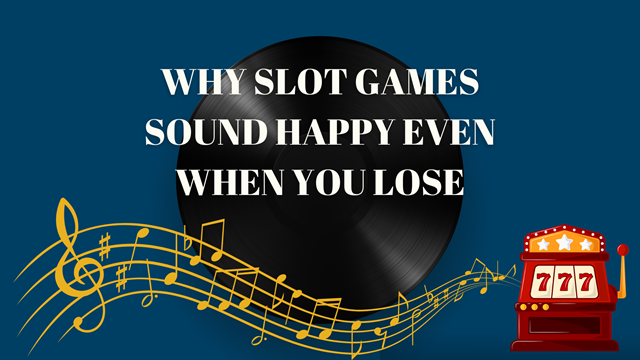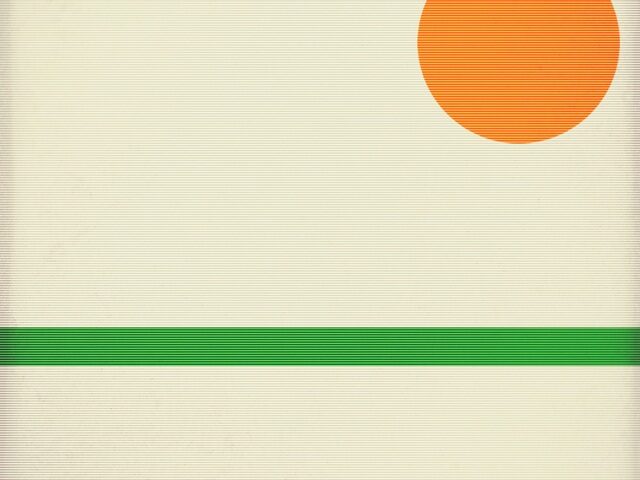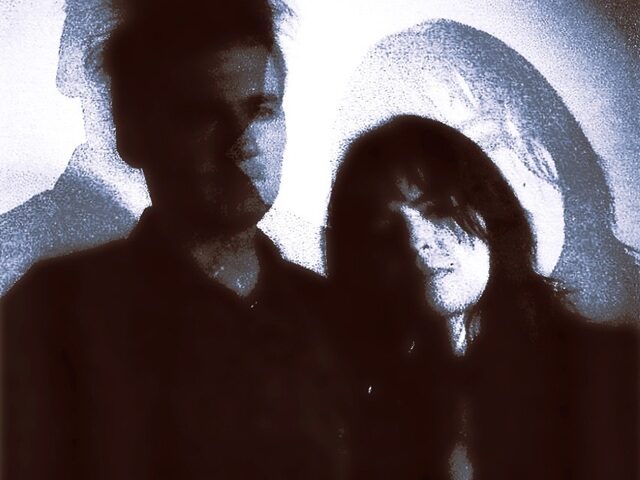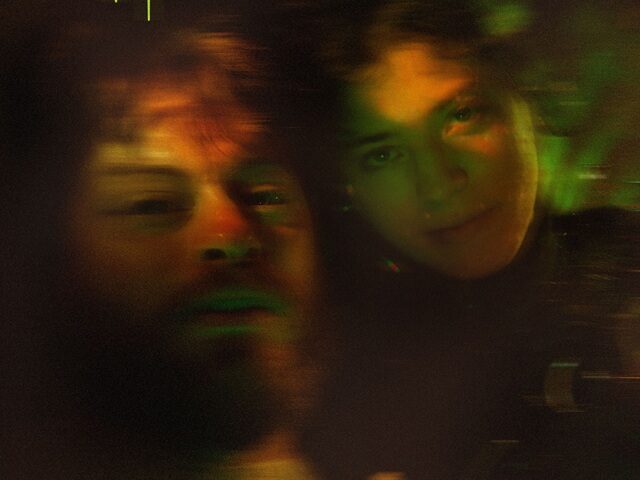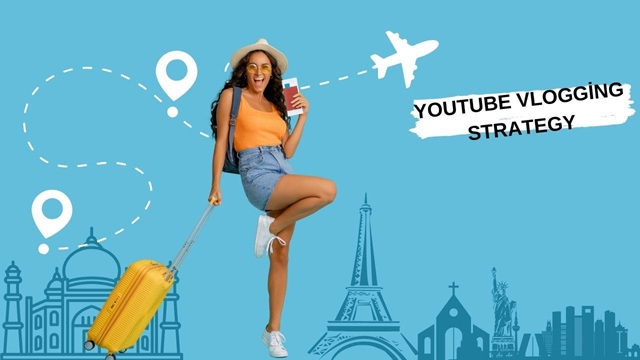
Picking the correct niche is essentially the secret to an amazing YouTube channel. I recall when I was starting out, I attempted to discuss gaming, food, and travel simultaneously—complete mayhem. People were perplexed, and I was too. Following a run of arbitrary posts, I came to understand that I was enthusiastic about affordable travel, so that is what I remained with.
It was more natural-sounding, and my videos wound up being attractive to people who had the same interests. If you have no idea what your niche is, try things you enjoy doing until something catches on.
Audience Research and Targeting
Understanding your audience is equally as crucial as the content itself. Look at YouTube Analytics to find out where individuals are watching from and for how long they’re watching. It’s also really useful to read comments (even the strange ones) since you can find out about new subjects that get your folks more excited than you knew. I once did a random vlog about street food in a small town, and it unexpectedly took off.
It happened that individuals were actually interested in local secrets. If you’re looking to grow your engagement further, Views4You provides insights on building a more interactive YouTube community.
Content Planning and Consistency
I would post random videos at any time I pleased. What happened? People lost interest and fell off. Scheduling in advance using a basic content calendar prevents last-minute rushes. It also allows you to keep some kind of posting schedule. Your viewers mostly want to know when your new videos are dropping. If you disappear for three weeks without a word, they may switch to another channel.
Equipment and Production Quality
You actually don’t need a fancy setup to get started. My initial videos were recorded on a five-year-old phone, and that worked well if I had decent natural light. Then, I spent money on a mid-range microphone since individuals would constantly inform me that they could not hear me above background noise. If you can’t afford to spend money on professional lighting, simply record in front of a window or outside in the daytime.
Then, discover basic editing—believe me, it makes your videos somewhat more professional even if you’re merely editing out uncomfortable silences.
Branding and Channel Presentation
First impressions do count, so it does not hurt to have a decent banner and a profile picture that represents your style. Branding is not just looks, however; it is also the way you talk and conduct yourself on camera.
If you’re goofy, then be goofy. If you’re relaxed, maintain that. Tone and style consistency reminds viewers of you. Some of my subscribers tell me they like my “laid back” style, though I don’t know whether that’s meant as a compliment or not, but at any rate, it works.
Video SEO
No matter how good your videos are, nobody will watch them if they can’t find them. That’s where you use SEO. Put some keywords in the title and description, add some good tags, and ask for likes, comments, and shares. It gives your video a push in the algorithm.
I used to never care about SEO since it was boring, but when I did, my view rate increased significantly. If you’re curious about how YouTube’s algorithm prioritizes content, you can learn more here.
Engagement and Building Community
YouTube is not merely a video website—it is where you can actually connect with your audience. Respond to comments (even if they’re only commenting “Nice vid!”), Q&A videos, or live streaming. When I went live for the very first time, I was mortified that no one would turn up, but a couple of faithful viewers appeared, and it was great chatting with them live.
That type of engagement makes individuals feel that they matter and are more apt to remain.
Promotion and Collaboration
Posting your videos on other social media platforms is a no-brainer. I used to be too scared to post on Instagram, but after I overcame that, I discovered an entirely new set of subscribers who had never even heard of my channel.
Collaborations can also be a game changer. Collaborating with someone who shares the same interests can introduce you to a completely different audience. And it’s also enjoyable to produce content with a friend.
Monetization and Revenue Streams
Once your channel takes off, earning money is a sure thing. You can become a part of the YouTube Partner Program if you’re eligible, but affiliate marketing, sponsored videos, merchandise—whatever suits your channel’s style—is a possibility as well.
I began with minor sponsorships, such as local travel gear businesses, to fund some of my trips. Just don’t overdo it with too much advertising or your viewers will feel spammed and jump ship.
Analyzing Performance and Adjusting Strategy
Track watch time, retention, and click-through rates. It sounds tedious, but these numbers tell you what’s working and what isn’t. If you notice that a video has worse retention midway, try to figure out what might be causing viewers to fall off. Adjust video length, thumbnail style, or even the way you pace your edits.
Small adjustments can make enormous spikes in engagement.
Staying True to Yourself and Inspired
It’s very simple to burn out, especially if you put a lot of effort into videos that don’t instantly go viral. Never forget the reason you began in the first place.
Maybe it was to share your passion, to make individuals learn something, or just to enjoy yourself. Sleep whenever you need to.
I’ve had times where I wanted to quit, and then I’d get a sincere comment from somebody stating that I assisted them in planning a life-altering excursion.
That’s what I call making it all worthwhile.
FAQ
1. How long should my videos be?
There is no rule of thumb. Shorter is sometimes better if you are doing quick tips, but people also adore longer videos when you are teaching something detailed or telling a story. Notice how long people spend watching your videos and scale from there.
2. Do I need expensive equipment to get started?
Nope, not necessarily. A good camera smartphone is fine in the beginning. You can always acquire more sophisticated gear later if you must.
3. How often should I post?
If you can manage once a week, that’s usually fine. But consistency is more important than frequency. Don’t post daily for a week and then vanish for a month.


